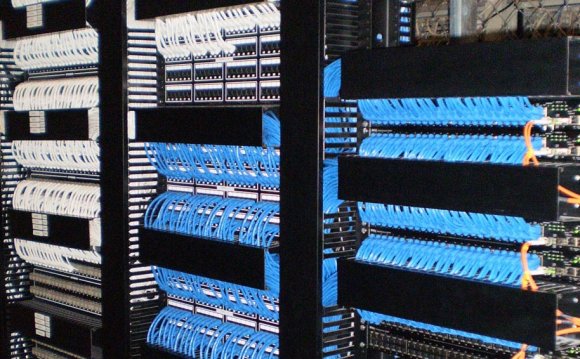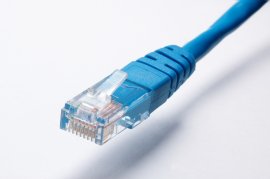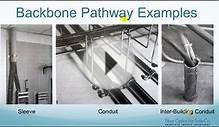
 Network cables are used to connect and transfer data and information between computers, routers, switches and storage area networks . Cables are essentially the carrier or media through which data flows.
Network cables are used to connect and transfer data and information between computers, routers, switches and storage area networks . Cables are essentially the carrier or media through which data flows.
There are different types of network cable, and the appropriate type to use will depend on the structure and topology of the overall architecture of the system. The most commonly used types of network cables are dominated by what is referred to as “twisted pair cable”. In local area networks, twisted pair cable is by far the moist commonly used type of cable.
Twisted pair cable is used in many ethernet networks. Comprising of four pairs of thin wires or conductors, these wires are contained inside of the insulation or outer sheath of the cable. Each pair is twisted into several additional twists. These twists are to prevent interference from other devices and indeed from other adjacent cables!
Fibre optic cabling is specified where high bandwidth is needed; especially in the data centre environment and where an installation demands high capacity, typically a hospital, airports, banks.Fibre optic is fast becoming the medium of choice for any installation that is sending high volumes of data!
Of cource, there are other types of cables, i.e., coaxial, multipair and of course, other types of media such as wireless.
YOU MIGHT ALSO LIKE












